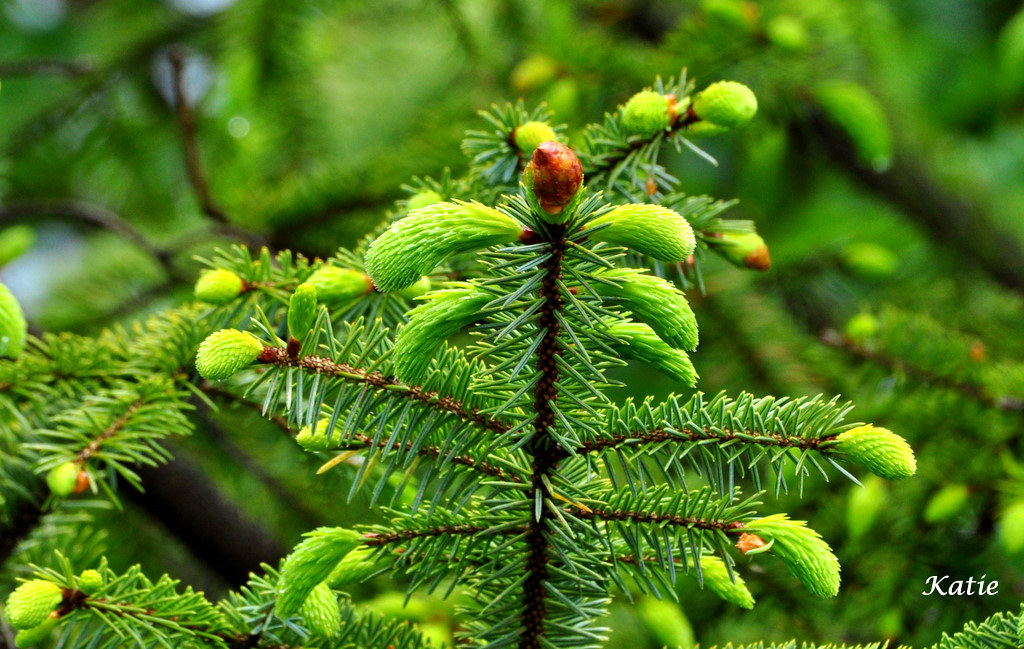Christmas Cactus vs Thanksgiving Cactus vs Easter Cactus
Christmas cacti (Schlumbergera spp.) and Thanksgiving cacti (Schlumbergera truncata) are popular holiday plants. While both belong to the cactus family, their key difference lies in bloom time. Christmas cacti typically flower in December, while Thanksgiving cacti bloom in late November. Distinguishing factors include leaf edges and flower structure.
In the world of captivating succulents, Christmas Cactus, Thanksgiving Cactus, and Easter Cactus stand out as festive favorites, each boasting unique characteristics that make them a delightful addition to any plant lover’s collection.
As we embark on this horticultural journey, let’s unravel the distinctive features of these three cacti to help you make an informed choice for your seasonal greenery.
Understanding the Origins
- Christmas Cactus: Originating from the coastal mountains of Brazil, the Christmas Cactus (Schlumbergera buckleyi) is renowned for its segmented leaves and vibrant, pendulous flowers. It has become a cherished symbol of the holiday season, blooming in winter.
- Thanksgiving Cactus: Hailing from the rainforests of Brazil, the Thanksgiving Cactus (Schlumbergera truncata) is easily identifiable by its crab-like claw-shaped stems. This cactus blooms slightly earlier than its Christmas counterpart, gracing us with its colorful flowers in late autumn.
- Easter Cactus: The Easter Cactus (Hatiora gaertneri) originates from the cloud forests of Brazil. Recognized by its flattened stems and a profusion of tubular flowers, this cactus typically blooms in spring, aligning with the Easter festivities.
Distinguishing Features
Leaf Segments:
- Christmas Cactus: Flat, scalloped-edge segments.
- Thanksgiving Cactus: Pointed, claw-shaped segments.
- Easter Cactus: Rounded, flattened segments.
Flower Characteristics:
- Christmas Cactus: Tubular flowers with a more pronounced curve.
- Thanksgiving Cactus: Claw-like flowers, vibrant and abundant.
- Easter Cactus: Tubular flowers with a straighter appearance.
Cultivation Tips for Optimal Growth
For enthusiasts looking to cultivate these charming cacti, here are some key tips to ensure robust growth and vibrant blooms.
- Lighting Requirements: Position your cactus in bright, indirect light. While they can tolerate some shade, prolonged exposure may hinder flowering.
- Soil Composition: Opt for a well-draining potting mix, preferably enriched with organic matter. This ensures adequate aeration for the roots.
- Watering Schedule: Allow the top inch of the soil to dry between watering sessions.
- Temperature Considerations: Maintain a moderate temperature range, avoiding extremes. These cacti thrive in temperatures between 60°F to 70°F (15°C to 21°C).
Ensuring a Bountiful Bloom
To guarantee a spectacular display of flowers, consider these additional recommendations:
- Temperature Variations: Simulate the cacti’s natural habitat by slightly dropping temperature during the budding period. This encourages prolific flowering.
- Controlled Light Exposure: Limit the cactus’s exposure to artificial light during the night, as these plants require extended periods of darkness for optimal blooming.
Christmas Cactus vs Thanksgiving Cactus Care
When it comes to Christmas Cactus vs Thanksgiving Cactus care, both plants share similarities but also have distinct needs. For optimal growth, provide bright, indirect light, and use well-draining soil enriched with organic matter.
Allow the top inch of soil to dry between watering sessions to prevent overhydration and potential root rot. Maintain a moderate temperature range between 60°F to 70°F. Exposing them to slight temperature variations during the budding period stimulates blooming.
Remember, controlling light exposure is crucial for both varieties. With these care tips in mind, you’ll ensure the health and vibrancy of your Christmas and Thanksgiving Cacti.
Christmas cactus vs Thanksgiving cactus leaves
The leaves of Christmas Cactus and Thanksgiving Cactus serve as key identifiers, distinguishing the two plants. Christmas Cactus features flat, scalloped-edge segments, creating a cascading effect.
In contrast, the Thanksgiving Cactus boasts pointed, claw-shaped leaves that give it a distinctive appearance. These variations extend to the leaf segments’ shapes and overall aesthetics, offering a visual contrast between the two.
Observing the leaves’ characteristics is a quick and effective way to differentiate between Christmas Cactus and Thanksgiving Cactus, providing enthusiasts with a simple yet insightful means of identification in the world of festive succulents.
How to get Thanksgiving Cactus to Bloom
Encouraging a Thanksgiving cactus (Schlumbergera truncata) to bloom requires proper care and specific environmental conditions. Here are some tips to help you get your Thanksgiving cactus to bloom:
- Lighting: Provide bright, indirect light for most of the day. Stay away from direct sunlight, particularly in the peak hours of the day when it is the hottest. A sunny windowsill or filtered light is ideal.
- Temperature: Maintain a consistent temperature between 60-70°F (15-21°C) during the day and slightly cooler at night. Avoid extreme temperature fluctuations.
- Dark Period: To trigger blooming, the Thanksgiving cactus requires a period of darkness for about 12-14 hours each night for 6 weeks. Place the cactus in a dark room or cover it with a light-proof cloth during this time. Resume normal light conditions afterward.
- Watering: Ensure that the soil remains consistently damp, but avoid excessive water saturation. It is important to allow the top layer of soil to become slightly dry before watering it again. Use a well-draining potting mix.
- Humidity: Maintain higher humidity levels, especially during the blooming period. You can help by placing a tray with water close to the plant or using a humidifier.
- Fertilization: Feed the Thanksgiving cactus with a balanced, water-soluble fertilizer every 2-4 weeks during the growing season (spring and summer). Reduce or stop fertilizing during the fall and winter.
- Container Size: Choose an appropriately sized container with drainage holes to prevent waterlogging. A pot that is slightly tight can promote the blooming of plants.
- Pruning: Prune the cactus in late spring or early summer to encourage branching and more abundant blooms. Pinch back the segments to promote a bushier shape.
Remember, getting a Thanksgiving cactus to bloom may take some time and patience. By providing the right conditions and following these tips, you increase the likelihood of enjoying vibrant blooms during the holiday season.
Conclusion
In the realm of festive flora, the Christmas Cactus, Thanksgiving Cactus, and Easter Cactus vie for attention, each contributing its unique charm to seasonal celebrations. Whether adorning your living space with the cascading elegance of the Christmas Cactus, embracing the autumnal hues of the Thanksgiving Cactus, or heralding spring with the blossoms of the Easter Cactus, these succulents add a touch of nature’s beauty to our homes. As you embark on your cactus journey, consider the distinct features and care requirements to cultivate these delightful plants successfully. May your seasons be adorned with the vibrant hues of these enchanting cacti!
Related Articles
10 Best Small Evergreen Trees with Non Invasive Roots
 Dr Ahsanur Rahman, PHD
Dr Ahsanur Rahman, PHDPine Tree Rescue: Saving Pine Trees with Brown Needles
 Dr Ahsanur Rahman, PHD
Dr Ahsanur Rahman, PHD




